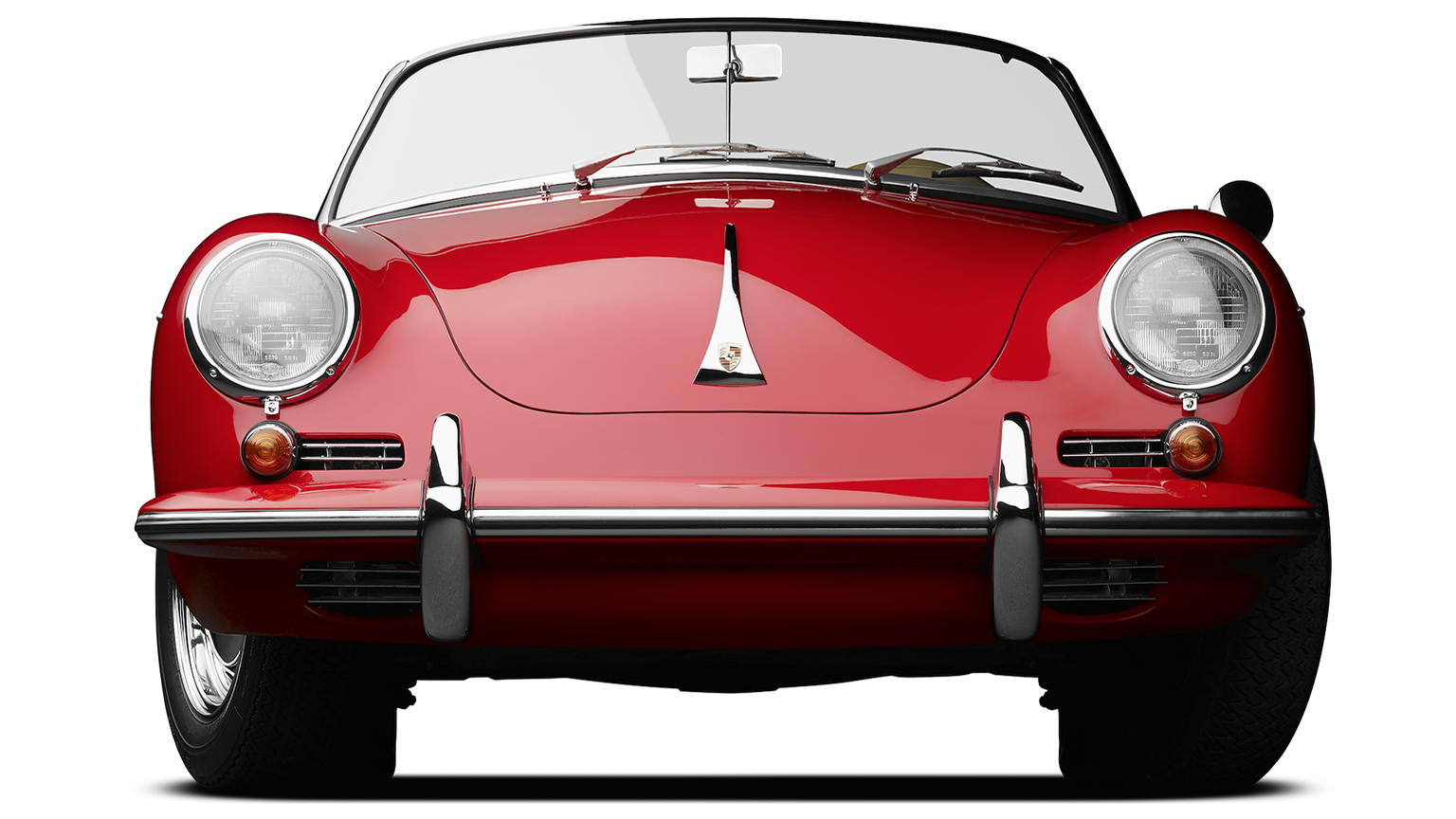
Automotive dynasty grew from humble roots
The fact that so many people today think first of sports cars when they think of Porsche is a testament to the staying power of the forever-young 911 and 718 model lines. Ironically, sports cars today account for the smaller slice of Porsche’s business, with Macan and Cayenne SUVs dominating. While the successful SUVs get credit for boosting Porsche’s fortunes, automaker never forgets its sports car heritage or buyers.
Do You Know Your Porsches?
Porsche means different things to different people. Some today might not know the Porsche 928, for example, unless they were rewatching the movie that rocketed Tom Cruise to fame, 1983’s “Risky Business.” And, one could forgive the Macan owner who, upon glancing at a vintage Porsche 356 strolling by, does not immediately recognize it as a Macan ancestor.
Knowledge of Porsche history, however, is not a prerequisite for enjoying the company’s offerings, all which deliver driving pleasure in heaps. Starting with the sports cars, here is the 2025 lineup:
911: Porsche’s evergreen 911 recently turned 60 and remains more energetic than ever. The 911 model line tends to fluctuate from 24-28 different variations in any particular year, depending on what special-edition versions are available. The line fills out with coupe, Targa, and Cabriolet versions in standard, S, and GTS versions, most with a choice of rear-wheel drive or all-wheel drive. The Carrera T is the purist’s favorite, while the GT3 is the track star, and the mighty 911 Turbo marks its 50th year with a special model called the 911 Turbo 50 Years. For 2025, Porsche’s 911 line pricing ranges from $120,000 to $263,000 to start.
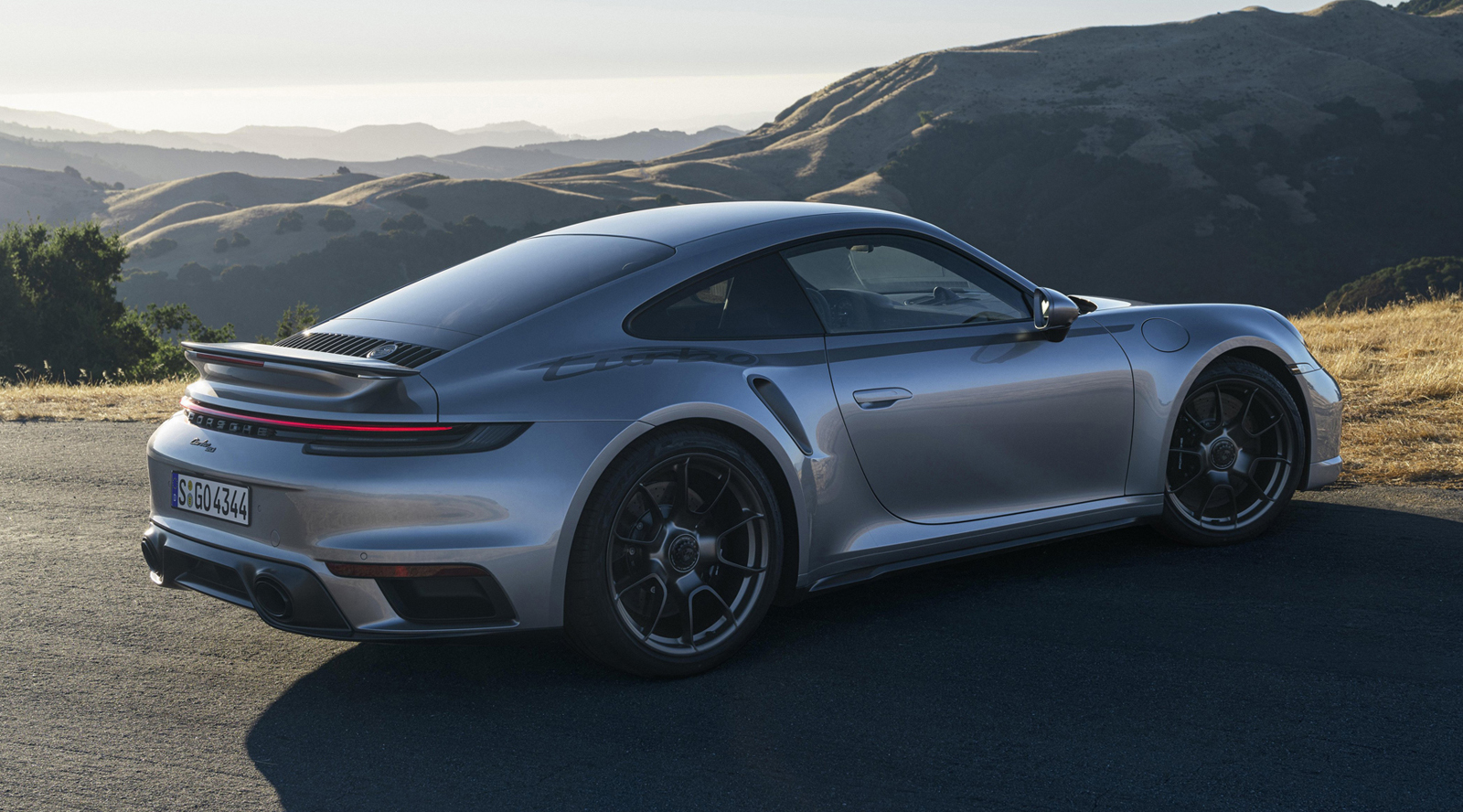
718: A name borrowed from Porsche’s 718 RSK racecar of the late 1950s and early 1960s unites the 718 Boxster and Cayman, which are roadster and coupe versions of the same mid-engine car. The line starts with the 300-horsepower Cayman at $73,000 and Boxster at $75,000. The Cayman and Boxster GTS 4.0 models get a 493-horsepower version of the 911 GT3’s naturally aspirated six-cylinder. Pricing reaches just over $164,000 for the 718 Spyder RS
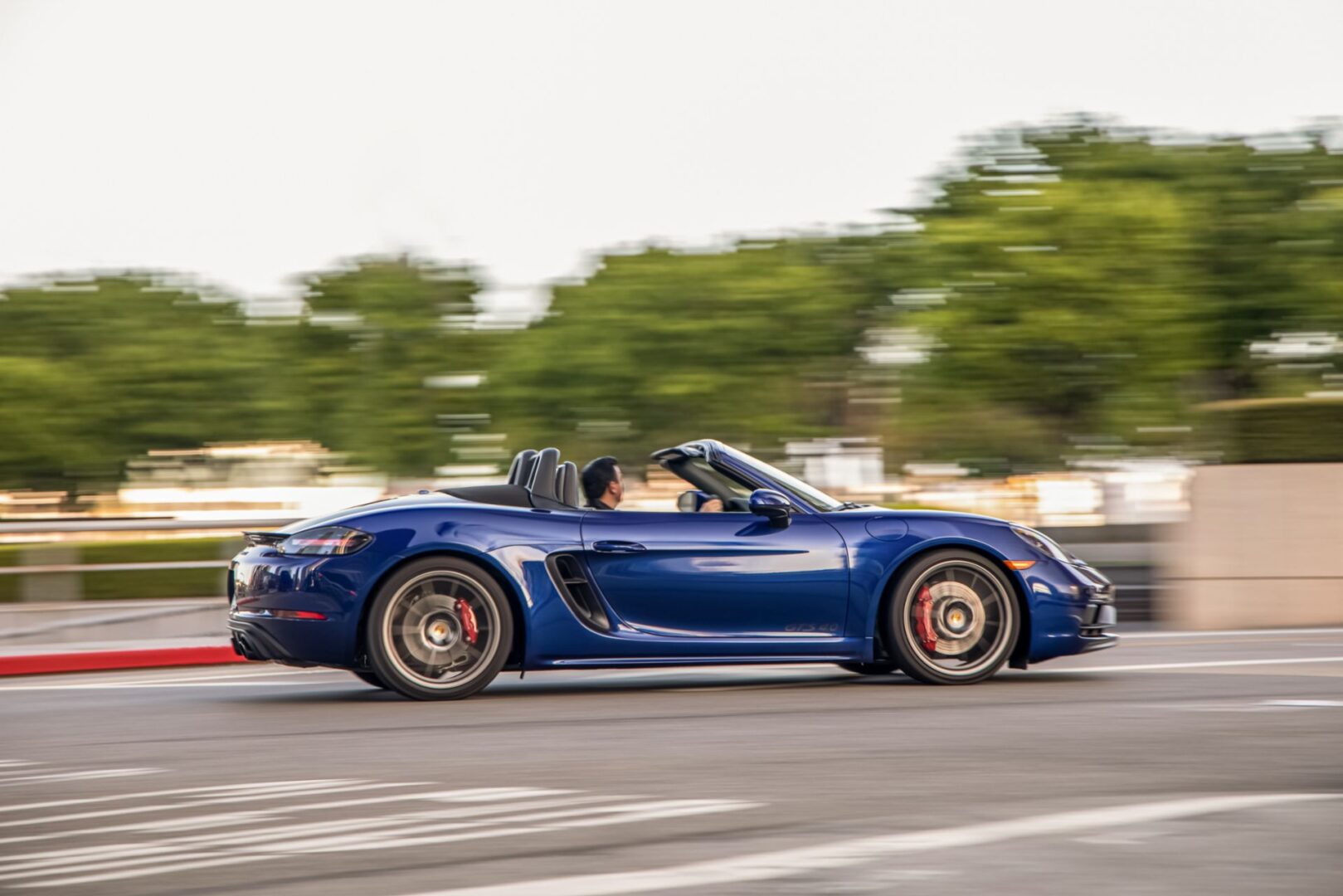
Panamera: Porsche’s front-engine Panamera hatchback sedan, introduced in 2009 is now in its second design generation. The line offers gas and gas/electric hybrid powertrains. The top model is the Panamera Turbo S E-Hybrid that will do 0-60 in under 3 seconds. Starting prices range from $103,000 to $226,000.
Taycan: Porsche’s first EV, the Taycan outsells the Panamera sedan and the 718 sports cars. The Taycan is offered in sedan and the Taycan Cross Turismo wagon. You’ll find S, GTS and even Turbo and Turbo S models in the Taycan line. “Turbo,” in this case, is just a badge signifying the line’s top performers. There is no internal combustion engine and therefore, no turbocharger. Pricing ranges from $99,400 to $230,000.

Macan: The smaller of Porsche’s two SUV models, the Macan is in its second design generation and now offers both gas and fully electric models. In either case, the Macan earns kudos for athletic performance, distinctive Porsche design, and of course luxury. The base model with a 2.0-liter 261-hp turbocharged inline four-cylinder engine starts at $63,000. The Macan GTS, with a 434-hp 3.0-liter twin-turbo V6 and starting at $89,000. The Macan EV starts at $75,000.
Cayenne: Now in its third model generation and 21st year, the Cayenne gives a masterclass in building a high-performance luxury SUV. For 2025, there are Cayenne and Cayenne Coupe models, the latter a fastback four-door body. The base models use a 348-hp twin-turbo V6, and the E-Hybrid models combine that with an electric motor to dole out 463 hp, or 512 hp in the S E-Hybrid. The Cayenne S models get a 468-hp twin-turbo 4.0-liter V8, while the Turbo E-Hybrid Coupe pushes output to 729 hp. The top non-hybrid is the 650-hp Cayenne Turbo GT Coupe. Cayenne Starting prices run from $85,000 to $204,000.
Born from Beetles, Born to Race
Porsche buffs should take pride in knowing that their favorite sports car, SUV, or EV came from an automaker with very humble beginnings. It was Ferdinand Porsche’s ingenious Volkswagen Type 1 – a.k.a. Beetle – that brought Porsche’s engineering to the masses after WWII, and it was that same simple VW that provided the essential ingredients for Porsche’s first car, the 356.
Those early Porsches mustered just 40 horsepower from their VW-based air-cooled four-cylinder engines. They also established the marque’s pattern of low weight and superb aerodynamics, which would serve as building blocks in the foundation of a racing dynasty.
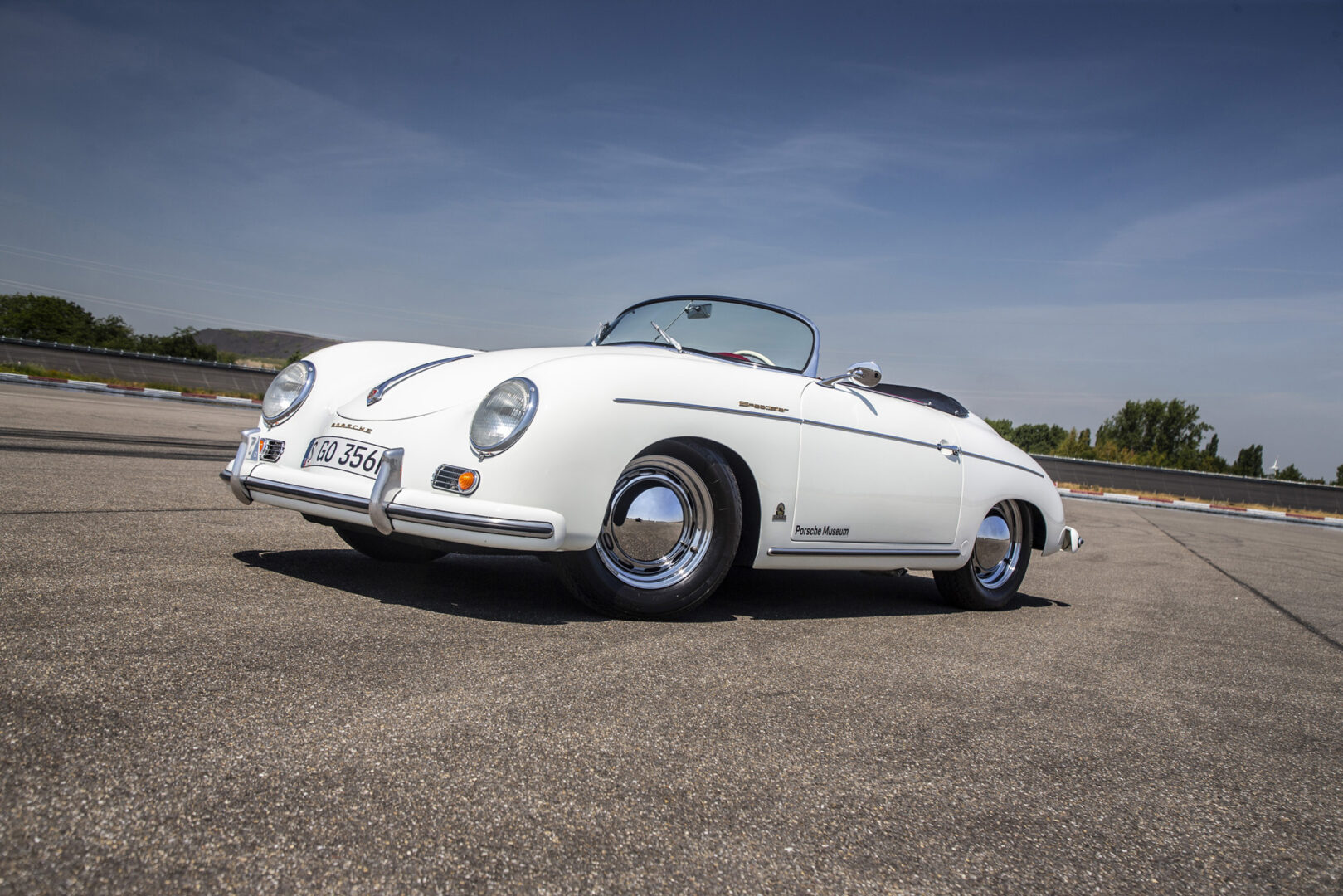
Gaining Speed
Porsche racecars and road cars shared DNA, and any 356 could be made race- ready. When U.S. distributor Max Hoffmann suggested a less expensive model to broaden the market in America, Porsche created the stripped-down 356 Speedster. The cheapest Porsche back then is today among the most sought-after of the marque’s classics.
Porsche continued the basic 356 layout but with substantial advancements to create the 911. An air-cooled boxer engine still sat behind the rear axle, but now it was a six-cylinder. (The 912 model contined the 356’s four-cylinder engine in the 911’s body for a few years.) The 356’s 17-year run was commendable, but the 911 remains the Porsche icon after multiple redesigns over six decades.
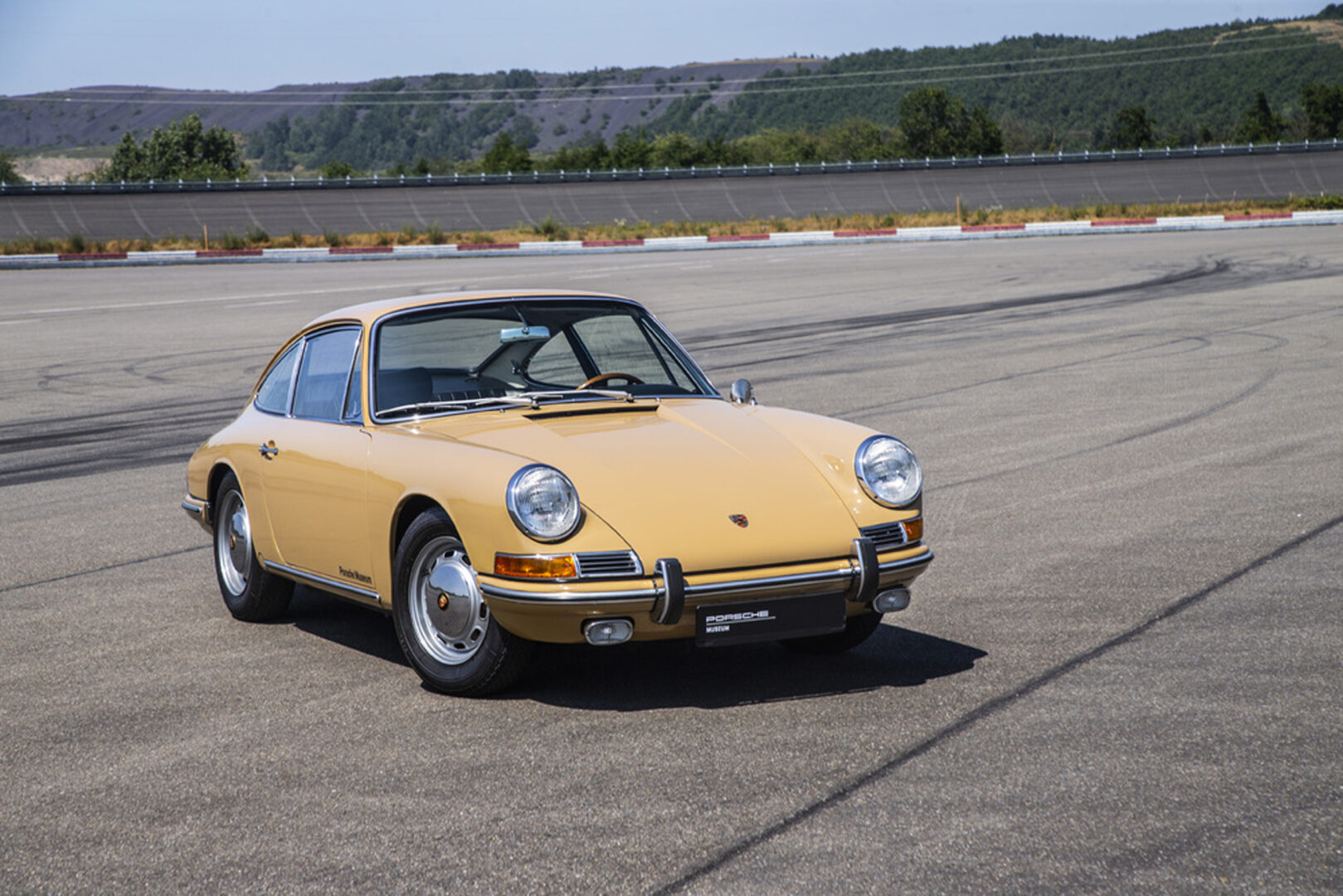
Reigning at Le Mans
As Porsche performance steadily climbed, so did sales. Porsche built its 5,000th car in 1951 and became a pioneer of mid-engine racecars starting with the 1953 550 Spyder. That was not a surprise, given that Ferdinand Porsche innovated the layout with the 1930s Auto-Union grand prix racers. The 550 Spyder established a stellar race record and is infamously linked to the crash that killed actor and race driver James Dean in fall 1955.
Racing, and winning, quickly became Porsche’s signature. After dominating the 24 Hours of Le Mans in the 1970s, 1980s, and 1990s, Porsche roared back to the French classic in 2015 and won … and then won again in 2016 and 2017. Porsche’s 19 Le Mans wins are the most for any manufacturer.
Grooving in the Seventies
Looking for a new entry model, collaboration with VW resulted in the mid-engine Porsche 914 in 1969. Replacing the 914 in 1976, Porsche went radical (for Porsche) with the 924, a car originally meant to be a VW sports coupe. The front-engine 924 evolved into the highly regarded 944 and 968 models. Unrelated to those cars, the V8-powered 928 stablished a template for front-engine GTs that today also defines some Aston Martins and Ferraris.
As performance cars declined in the foggy malaise of primitive mid-1970s emissions controls, Porsche unleashed its remedy, the 911 Turbo Carrera. In U.S.-certified guise, the 911 Turbo could knock 0-60 down in five seconds – astounding for the day. After a slump in the 1980s, Porsche plotted a recovery by refocusing on the 911 and its variants, eventually creating a companion model line with the mid-engine 718 Boxster and Cayman.
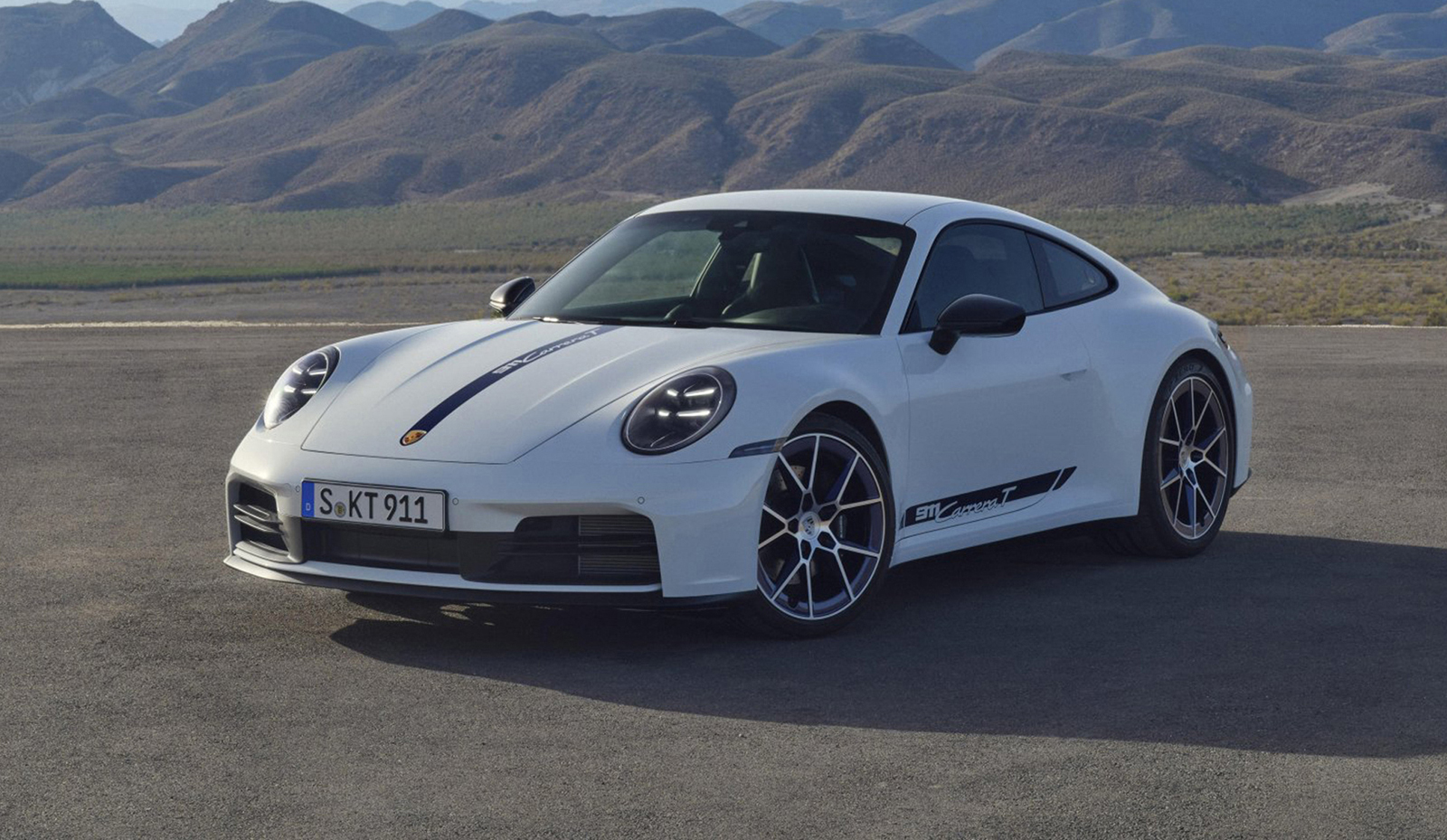
Supercar Supremes
While today’s top Porsche 911 and 718 models offer supercar-level performance, the automaker has three times in recent history offered limited-production super/hypercars that more closely compared with models from Ferrari.
The 1986 959 supercar, originally developed for FIA Group B rallying, combined a 400-hp twin-turbo flat-six engine with advanced all-wheel drive, lightweight construction, and a 195-mph top speed. Never officially imported to the U.S., the 959 is now eligible for private importation, and Premier has leased them.
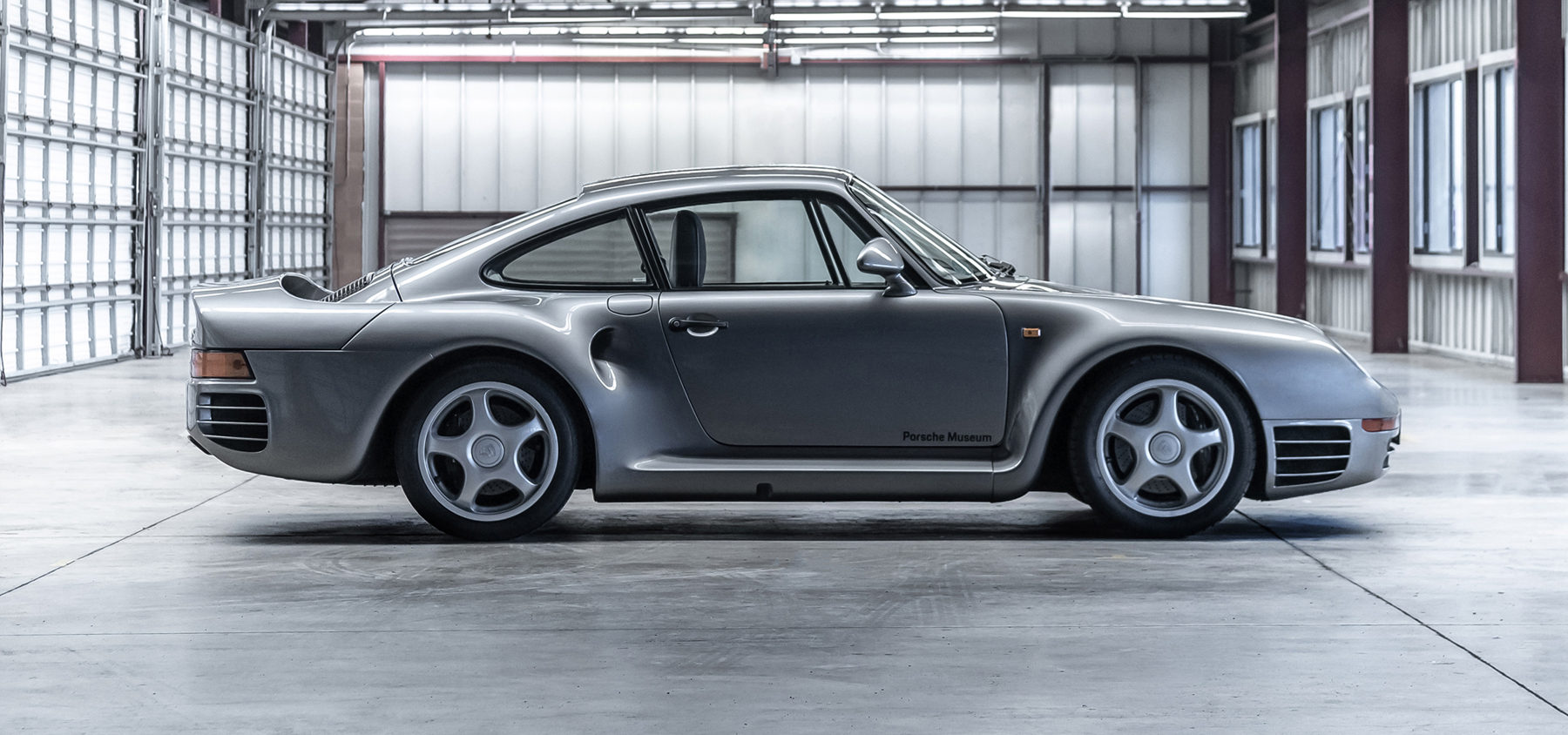
The 2004-2007 V10-powered, mid-engine Carrera GT came as a bit of a surprise, an outgrowth of a cancelled LeMans racecar program. The 2013-2015 918 Spyder demonstrated Porsche’s command of hybrid gas/electric performance potential, which other Porsche models have continued. Porsche built just 918 of those supercars.
Bright Future
If Porsche had stuck to its plan to discontinue the 911 in the 1970s, or if it had not expanded beyond the 911 in the 1990s by introducing the Boxster, it might have … well, let’s not think about that. It had gotten very gloomy for a while, though. Porsche sold under 13,000 cars globally in 1993, with 3,713 in North America.
A look at Porsche’s current state paints a much rosier picture. Sports car production will continue even as Porsche pursues a goal of EVs accounting for a substantial part of its new-vehicle sales in the coming years. Some of those will be sports cars.
An IPO in September 2022 gave Porsche new independence within the sprawling Volkswagen Group, which also includes Audi, Bugatti, Lamborghini, and motorcycle maker Ducati, among others. Porsche’s future looks so bright, you might have to wear shades. Just make sure those are Porsche Design sunglasses.
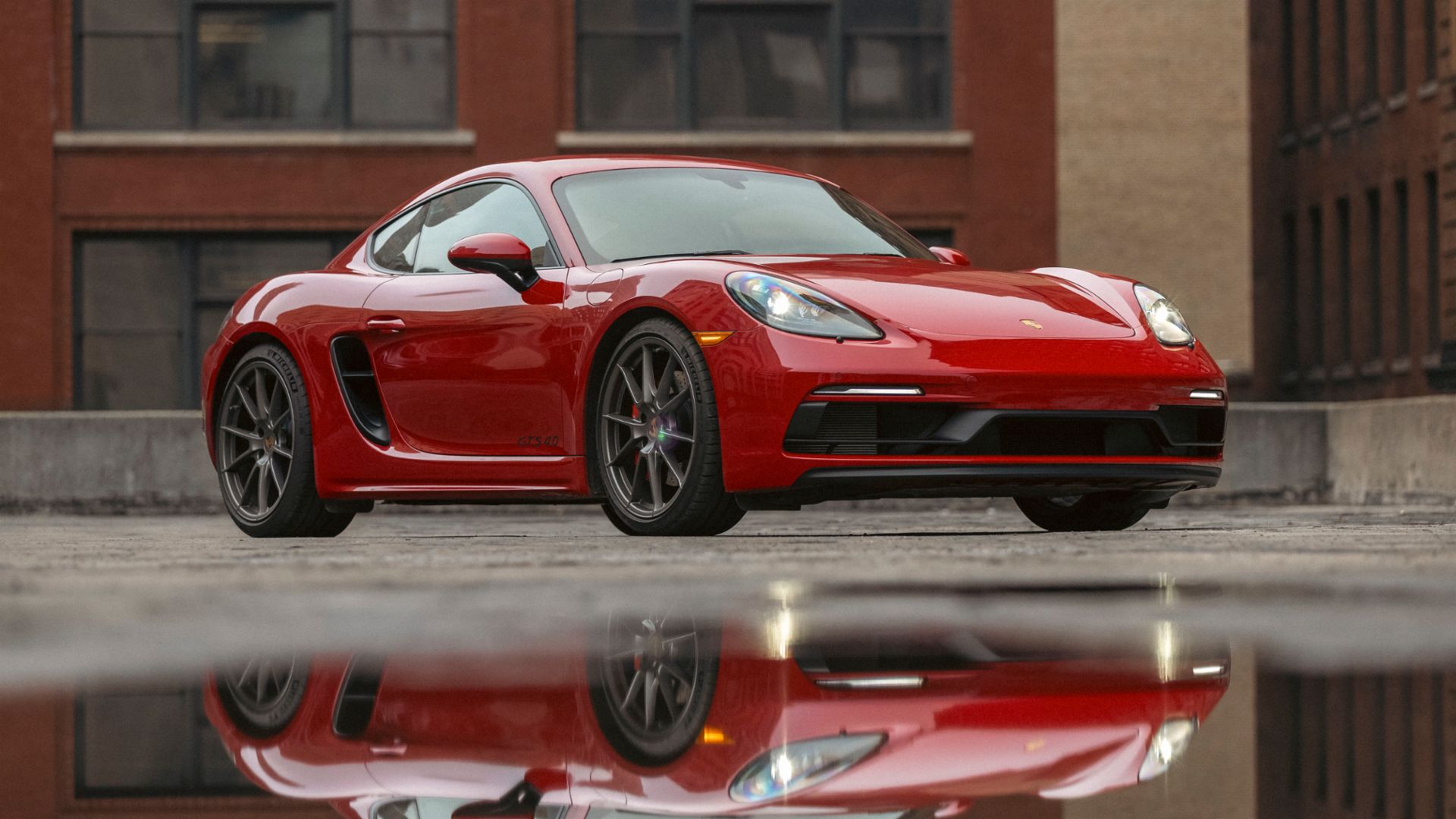
Leasing your Porsche with Premier’s Simple Lease
With Premier Financial Services as your partner, you can put a steady stream of new and classic model Porsches in your garage. Premier has written thousands of Porsche leases and has worked with independent and franchise Porsche dealers across the country. Our portfolio includes some great vintage and unique models, so contact us regarding your preferred model.
Premier Financial Services is not a licensed dealer and is not otherwise sponsored or endorsed by, or affiliated with Porsche AG.
